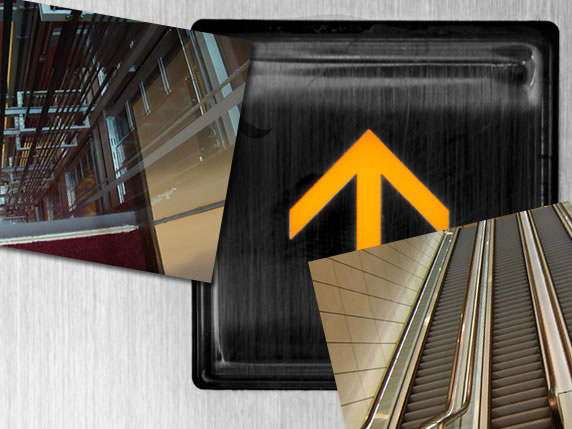 For me elevators and escalators are (as the song playing in the background as I am writing this column says) “A Few of My Favorite Things!” As many of you may know, for the last five decades, vertical transportation (VT) systems have been my life’s work, and as I have personally witnessed on numerous occasions they are vital to the proper operation of high -rise buildings. An analogy follows to explain why I feel VT systems are so important.
For me elevators and escalators are (as the song playing in the background as I am writing this column says) “A Few of My Favorite Things!” As many of you may know, for the last five decades, vertical transportation (VT) systems have been my life’s work, and as I have personally witnessed on numerous occasions they are vital to the proper operation of high -rise buildings. An analogy follows to explain why I feel VT systems are so important.
Let’s start by comparing a building and its mechanical, electrical, plumbing and VT systems to the human form. Doing this renders an interesting analysis. Envision if you can the HVAC system as a building’s respiratory system, the electrical distribution network its nervous system, plumbing as fluid and waste management and the VT system as the building’s circulatory system. While a disturbance in any of these systems can cause discomfort and hardship for building occupants, a failure of the circulatory system can be fatal. It is therefore essential for what is the heart of the building to be properly maintained throughout its lifetime. While all of the building’s systems are equally important, without a properly functioning circulatory system buildings and humans alike are seriously compromised.
Only single story commercial and institutional buildings can function without elevators or escalators but structures that are multi-storied need to be provided with reliable vertical transportation. And when buildings are going to be occupied or utilized by large numbers of people, some of who may be mobility impaired, they need to be provided with reliable vertical transportation systems consisting of at least two units. For this reason it is of extreme importance that the design, construction and ongoing maintenance of VT systems are properly considered by building developers, owners and facility managers, not only during the initial design development stages of a construction project but also throughout a building’s entire existence. The heart of a building must be kept beating day in and day out, 24/7.
Since its inception High Rise Facilities has included significant VT information within each issue and made it part of its mission to keep readers informed of the latest advances and requirements relating to VT technology and systems. The January/February 2015 HRF print edition contains an article on the maintenance aspect of VT systems and the latest requirements for your building’s VT system to be provided with a code required Maintenance Control Program. This article entitled “Elevator and Escalator Code Required Maintenance Provisions” describes the ASME A17 Safety Code for Elevators, Escalators and Moving Walks (A17) Maintenance Control Program (MCP) requirements that have been incorporated in the latest editions of the A17 code and that have been adopted by most local building code enforcing jurisdictions and agencies throughout the US and Canada. This is a very important article for HRF readers to study and understand to be sure that your VT system maintenance providers are fulfilling their contracted responsibilities to keep your VT systems running properly and safely throughout the lifetime of your facility.
Having a properly designed and enforced MCP for your VT systems is essential for you to continue to provide an efficient, comfortable and most importantly safe environment for the occupants of and visitors to your properties.
Robert S. Caporale, MSc
Robert S. Caporale is the Vertical Transportation Editor for High Rise Facilities. He has over 50 years of experience in the Building Vertical Transportation industry working as a VT System Designer, Certified Elevator Inspector (QEI) and as the Editor of Elevator World Magazine.

